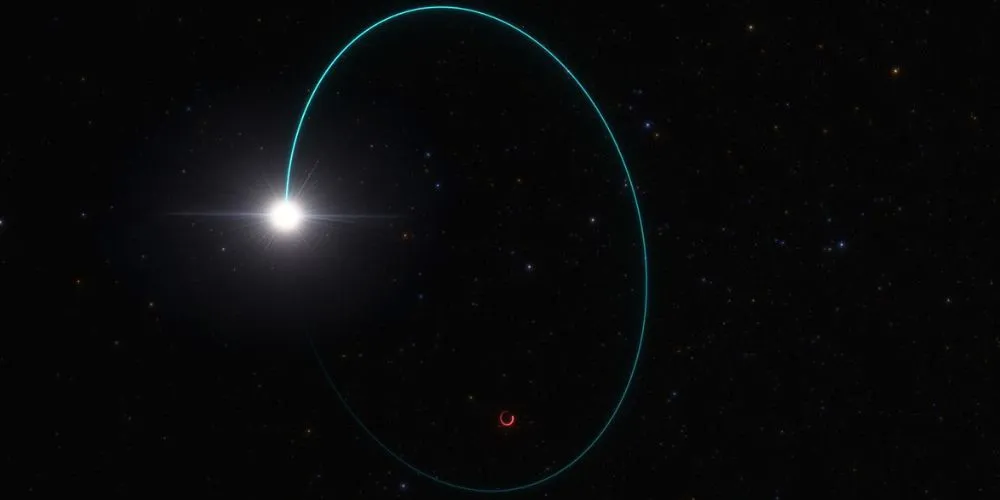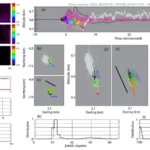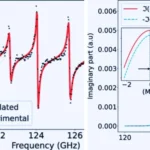Key Points:
- The discovery of Gaia BH3, the largest stellar black hole in the Milky Way galaxy, challenges existing astronomical paradigms.
- Unearthed by ESA scientists analyzing Gaia mission data, Gaia BH3 is approximately 1,926 light-years away from Earth.
- The absence of nearby celestial bodies feeding matter to Gaia BH3 hindered its detection. Gaia BH3’s size was obtained through ground-based telescopes.
- Preliminary findings suggest Gaia BH3’s companion star exhibits a composition indicative of metal-poor origins, supporting theories of black hole formation.
The Milky Way, our home galaxy, has long captivated astronomers with its celestial wonders. In addition to the supermassive black hole residing at its core, scientists have now uncovered a remarkable find: Gaia BH3, the largest stellar black hole ever observed within our galactic neighborhood.
Stellar black holes, formed from the collapse of massive stars, are relatively common in the Milky Way. It’s estimated that approximately 100 million of these enigmatic objects are scattered throughout our galaxy, yet most remain undiscovered. Those identified typically range around 10 times the size of our sun, with the largest previously known black hole reaching 21 solar masses.
The groundbreaking discovery of Gaia BH3, with a staggering mass 33 times that of our sun, marks a significant milestone in our understanding of these cosmic phenomena. Detected by scientists analyzing data from the European Space Agency’s Gaia mission, this colossal black hole lies approximately 1,926 light-years from Earth.
Gaia BH3 was first identified by ESA researchers examining Gaia mission data for anomalies. They observed a giant star in the Aquila constellation exhibiting peculiar movements indicative of its orbit around a massive unseen companion. Gaia BH3 remained elusive despite its proximity due to the absence of nearby celestial bodies feeding it matter and emitting detectable X-ray emissions.
Ground-based telescopes, including the European Southern Observatory, confirmed Gaia BH3’s size, validating its status as the largest stellar black hole in our galaxy. The ESA team has published preliminary findings, with a more comprehensive study slated for release in 2025 to facilitate further research by the scientific community.
The star orbiting Gaia BH3 displays a composition lacking elements heavier than hydrogen and helium, suggesting a connection to metal-poor stars. This discovery offers compelling evidence linking metal-poor stars to the formation of high-mass black holes, shedding light on the evolutionary pathways of older giant stars within the Milky Way.
The unveiling of Gaia BH3 heralds a new chapter in our exploration of the cosmos. Future investigations will delve into binary systems and stellar black holes, leveraging data from this extraordinary discovery to unravel the mysteries of our galactic backyard. The European Space Agency anticipates that Gaia BH3 will be a focal point for ongoing scientific inquiry.










